On November 30, 1292 in Celtic History
John balliol ( toom tabard or turncoat) crowned.
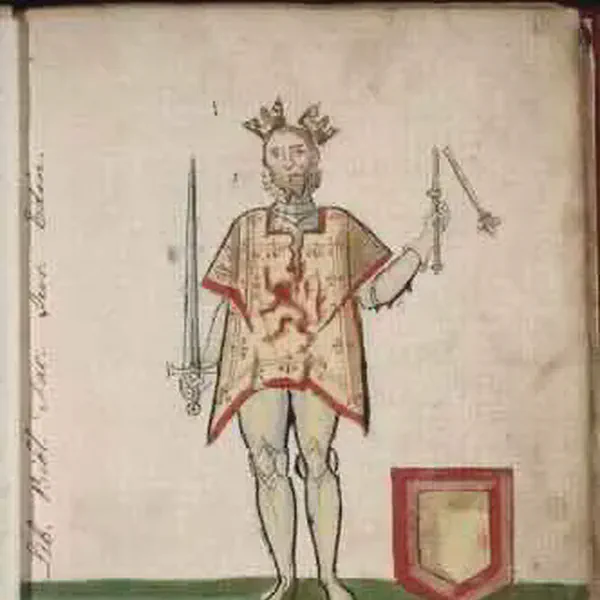
John Balliol or John de Balliol (c. 1249 – late 1314), known derisively as Toom Tabard (meaning ’empty coat’), was King of Scots from 1292 to 1296. Little is known of his early life, he was born between 1248 and 1250 at an unknown location; possibilities include Galloway, Picardy, and Barnard Castle, County Durham. After the death of Margaret, Maid of Norway, Scotland entered an interregnum during which several competitors for the Crown of Scotland put forward claims. Balliol was chosen from among them as the new King of Scotland by a group of selected noblemen headed by King Edward I of England.
Toom Tabard
John Balliol, often referred to as “Toom Tabard” or “Turncoat,” was crowned as the King of Scots on November 30, 1292. His reign marked a tumultuous period in Scottish history, characterized by political unrest and conflicts with England.
In 1284 Balliol had attended a parliament at Scone, which had recognised Margaret, Maid of Norway, as heir presumptive to her grandfather, King Alexander III. Following the deaths of Alexander III in 1286 and Margaret in 1290, John Balliol was a competitor for the Scottish crown in the Great Cause, as he was a great-great-great-grandson of David I through his mother (and therefore one generation further than his main rival Robert Bruce, 5th Lord of Annandale, grandfather of Robert the Bruce, who later became king), being senior in genealogical primogeniture but not in proximity of blood. He submitted his claim to the Scottish auditors with King Edward I of England as the administrator of the court, at Berwick-upon-Tweed, on 6 June 1291. The Scottish auditors’ decision in favour of Balliol was pronounced in the Great Hall of Berwick Castle on 17 November 1292, and he was inaugurated accordingly King of Scotland at Scone, 30 November 1292, St. Andrew’s Day.
The nickname “Toom Tabard” or “Turncoat” reflects the challenges and political maneuvering that John Balliol faced during his reign. The epithet suggests criticism or accusations of his perceived subservience to the English crown, particularly under the rule of King Edward I of England.
John Balliol’s reign is notably associated with the First War of Scottish Independence, a conflict between Scotland and England that erupted in the late 13th century. The war was triggered, in part, by disputes over the Scottish crown and issues of sovereignty.
Abdication
In retaliation for Scotland’s treaty with France, Edward I invaded, commenced the Wars of Scottish Independence. The Scots were defeated at Dunbar and the English took Dunbar Castle on 27 April 1296. John abdicated at Stracathro, near Montrose, on 10 July 1296.
Death
Balliol died in late 1314 at his family’s château at Hélicourt in France.
On 4 January 1315, King Edward II of England, writing to King Louis X of France, said that he had heard of the death of “Sir John de Balliol” and requested the fealty and homage of Edward Balliol to be given by proxy.
A John de Bailleul is interred in the church of St Waast at Bailleul-sur-Eaune in Normandy.
Balliol was survived by his son, Edward Balliol, who later revived his family’s claim to the Scottish throne, received support from the English, and had some temporary successes.
More From This Day


Stone of Destiny, stolen by the English, returned to Scotland, 700 years later
November 30, 1996

HMS Vanguard, Britains biggest and last battleship, was launched at Clydebank
November 30, 1944

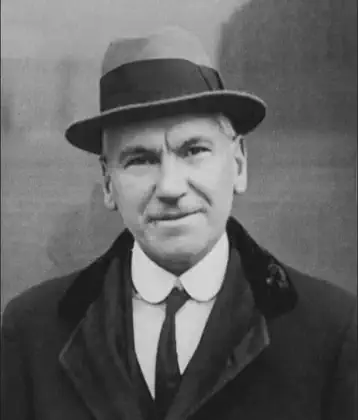
John Maclean, political activist, Marxist, appointed Bolshevik consul for Scotland by Lenin, died
November 30, 1923
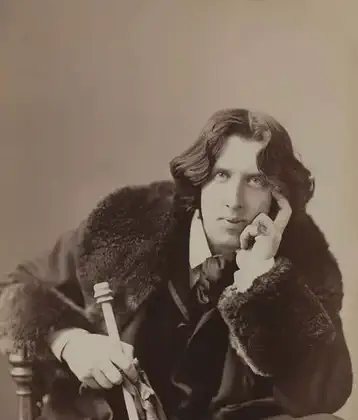

Worlds first international football (soccer) match, Scotland V England at West of Scotland Cricket Ground
November 30, 1872
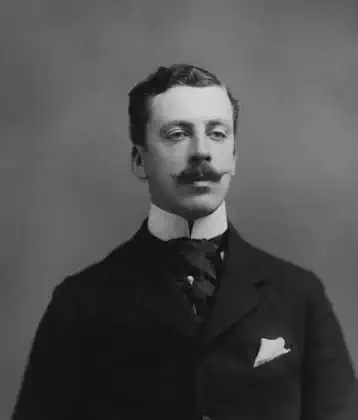
James Albert Edward Hamilton, 3rd Duke of Abercorn and first Governor of Northern Ireland
November 30, 1869
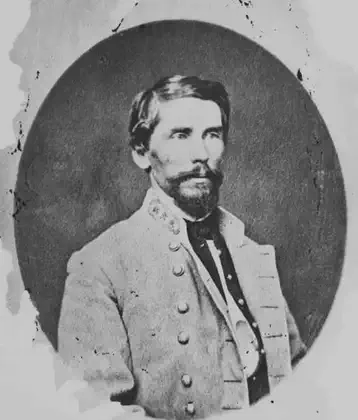
General Patrick Cleburne is killed in command of his division at a battle in Franklin, Tennessee
November 30, 1864

